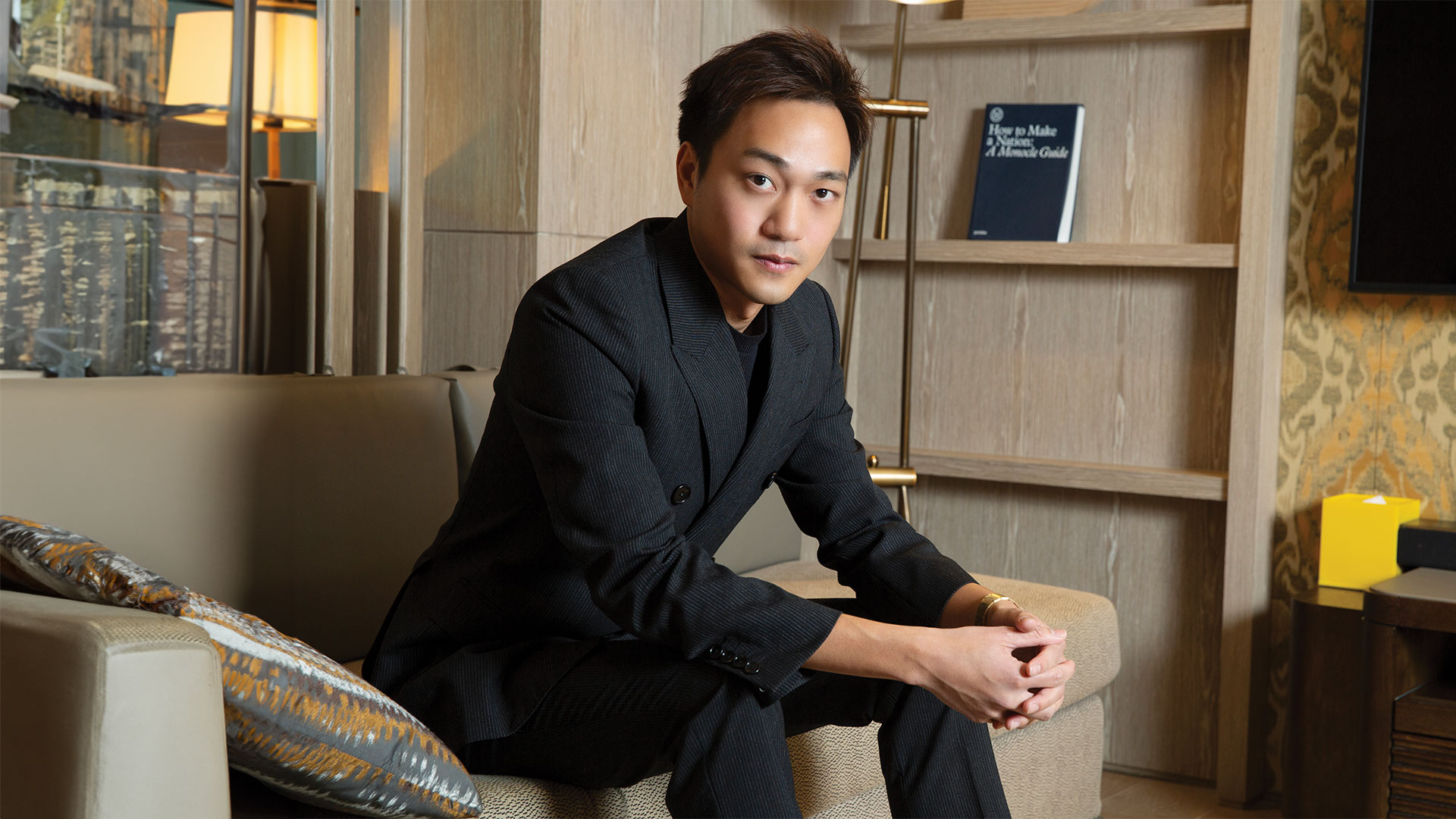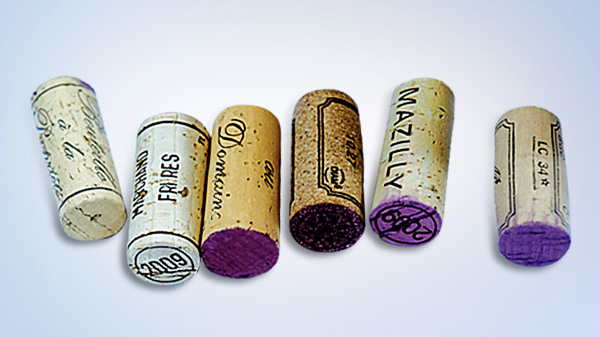Sean Hung grew up in a family where finance was a natural subject of conversation around the dinner table. Both his parents were finance professionals, so dealing with numbers and financial information is embedded in his DNA, and from an early age this was his most likely future direction.
A career in finance subsequently blossomed, perhaps because he always seeks the next challenge, the next opportunity. Still young and fresh-faced, and never happy to rest on his laurels, he is now a big player in the digital assets industry as co-founder and CEO of Chiron Group.
Hung attended St Joseph’s College, a prestigious all-boys Catholic school in Hong Kong, before heading to the US to study for a double major in finance and marketing at Bryant University in Rhode Island, then an MBA at Boston’s Northeastern University. These enjoyable years on the East Coast led him to believe the US education system provides more opportunities to “think outside the box”.
More specifically, his degree helped him understand how businesses work. “You can’t do business without knowing the numbers, but just knowing the numbers without knowing how to push a product to market is also meaningless,” he observes.
Challenge-driven
Having completed his education, he stayed in Boston and joined Wellington Management, one of the world’s largest privately held asset managers, as an analyst in 2013. Though the experience was useful, he found his role in asset management – the traditional buy-side – a bit too slow-paced for his liking.
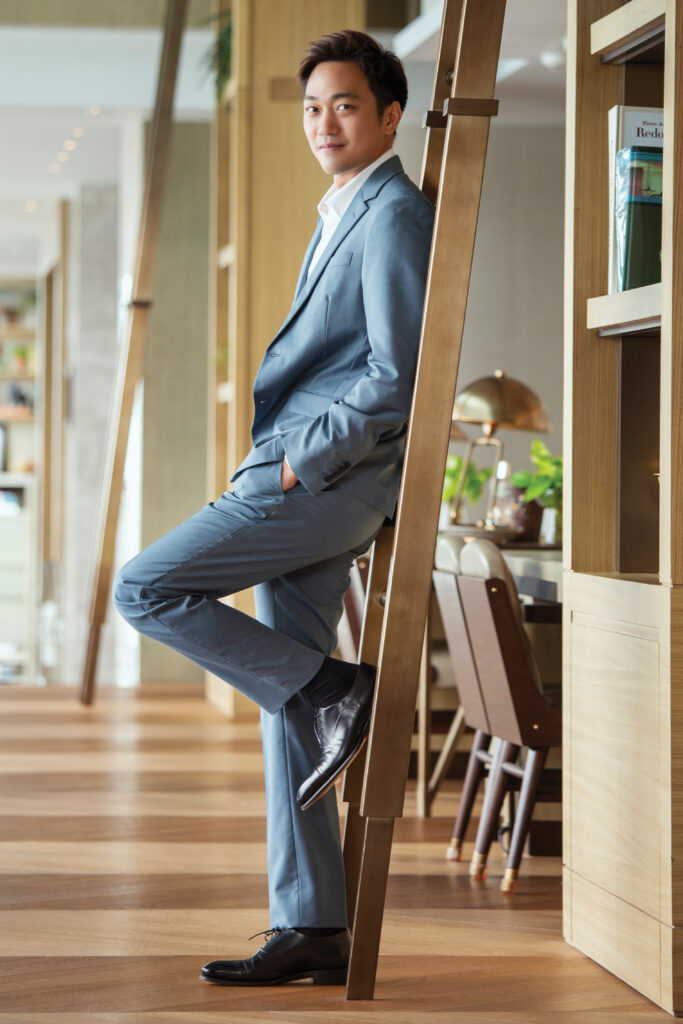
Spurred by a courageous character trait of continuously breaking out of his comfort zone, Hung switched continents in 2015 and flipped to the other side of the financial coin – the sell-side – in the guise of Cantor Fitzgerald in Hong Kong. Here, in high-pressure investment banking, results were everything and he thrived on the challenge.
As a director on the debt capital markets and special situations team, he relished the chance to meet so many interesting people and the faster pace of Hong Kong life, commenting: “It really rewards hard work and people who are trying to build a business for themselves.”
People-oriented
Connecting the dots between buyers and sellers, structuring unique deals, having to perform under pressure – all of this brought out the best in him. “It’s very difficult to convince people that you’re building a business without results,” he says. “It really drives you to do more than what you would normally comfortably do.”
A talkative and convivial young man, Hung became mindful of not just being results-driven in banking; he wanted to nurture long-lasting relationships forged through being genuine, irrespective of whether someone became a client or not. “Most business does not happen if it is purely transactional,” he shares. “By building these long-lasting relationships, even if business comes later, it comes naturally.”
Crypto calling
Hung could have stayed on in banking, but again some internal alarm bell told him to branch out into a brave new world. He saw “higher growth opportunities” elsewhere, especially in the crypto market – a digital innovation he had observed from an outside perspective for several years, but became determined to master by working on the inside.
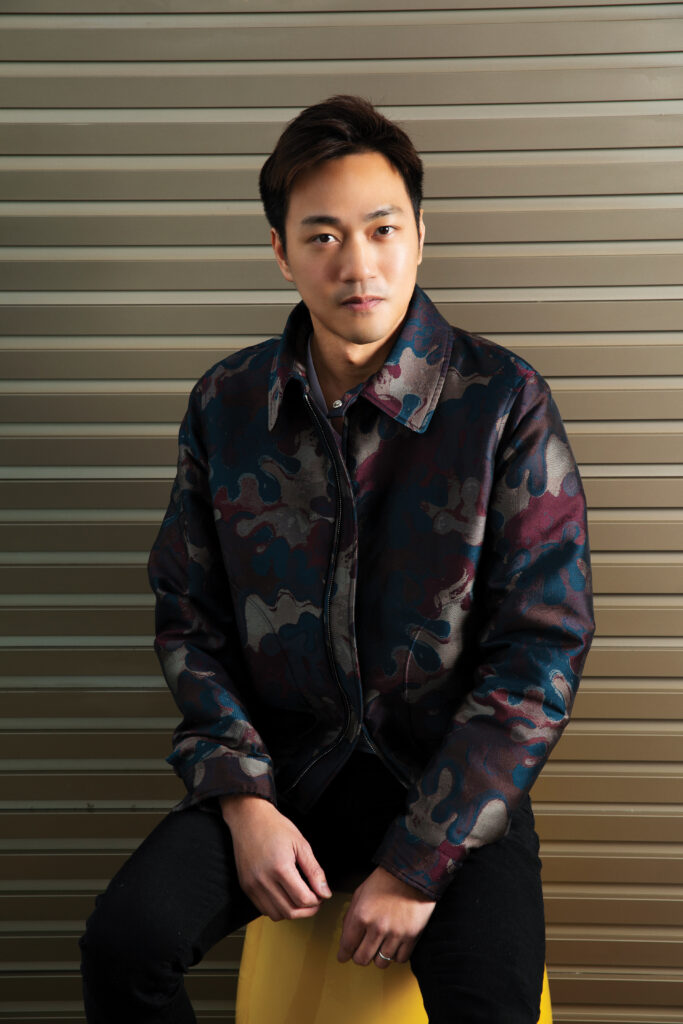
Leaving Cantor Fitzgerald at the end of 2018, he was invited to join a team of 10 and build a startup called Diginex, whose aim was to create one of the first institutional crypto exchanges. He also served as director of a sister company, Diginex Solutions, which focused on blockchain ESG (Environmental, Social and Governance) solutions to the problem of investors finding it difficult to verify the ESG metrics reported by companies.
“Blockchain, due to its immutable and transparent nature, adds credibility to the data being consumed by investors,” says Hung, who believes ESG-related investing is a global trend that will sustain through the foreseeable future.
New asset class
Once their digital assets exchange was listed on Nasdaq in 2020, Hung decided to exit and seek pastures new yet again. With a few partners, he set up Chiron Group to focus on investing and growing businesses in the burgeoning digital assets field. Aside from investing in high-growth, early-stage projects, Chiron also eyes more stable, later-stage digital-asset infrastructure companies such as those in the trading, media and software sectors.
“As an investor, we like to take an active role in the company, taking on board seats or advisory roles, to make sure we are able to help drive certain business decisions for our portfolio,” says Hung.
He believes investing in a comprehensive range of players in the crypto field means companies can tap into a broad skill set and would be more amenable to receiving investment. “We can provide you support from the media arm; we can provide you support from liquidity perspective and so on,” he adds.
Bad actors
Of course, cryptocurrencies and the digital assets industry itself have gone through a torrid time recently, but Hung is undeterred. He comments: “It is undeniable that during the early stages of the digital assets, there were a lot of bad players as it was an unregulated field. That’s why it’s especially important for us as investors to be diligent and identify who are the real players.”
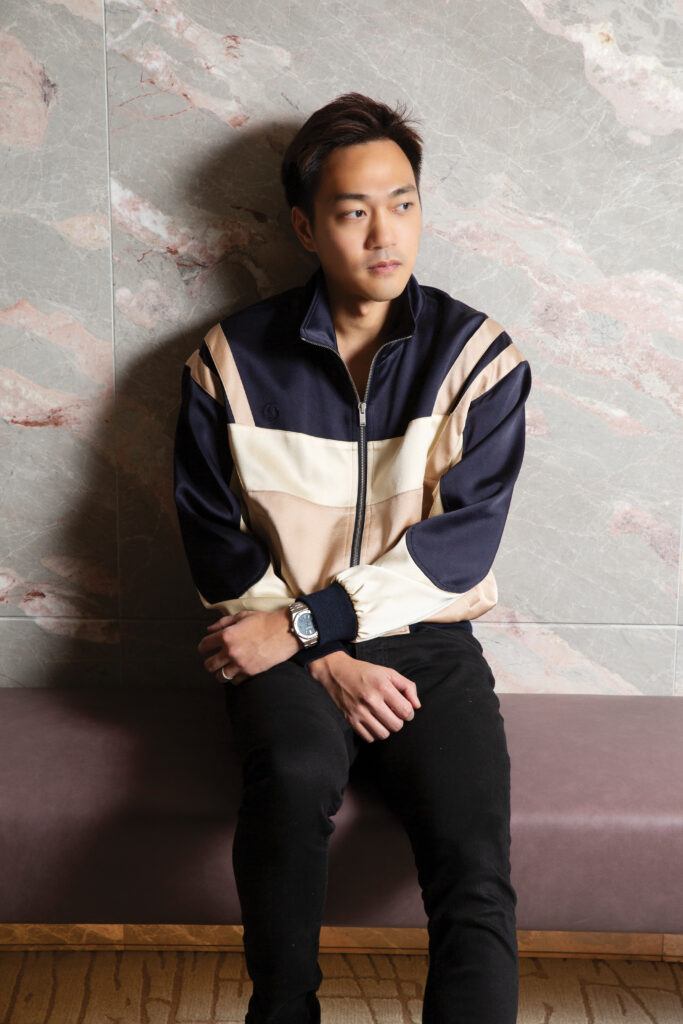
One bright spot of scandals like the bankruptcy of FTX and Three Arrows Capital crash is, he says, an acceleration in the onset of regulation around the world. This can only benefit the digital assets industry, especially given that many investors are scared of its opaqueness.
“Without regulation, digital assets will always exist in the dark and traditional investors will remain sceptical about the asset class. It also bars all the major traditional finance institutions from investing in it due to compliance concerns,” he notes.
Gaming insights
Undoubtedly a driven person, Hung is also a family man who cherishes his weekend downtime. Gaming has always been a big part of his life, and these days his two children sit with him as he follows his favourite esports teams. “Esports will be such a natural form of entertainment for my kids growing up so they won’t have second thoughts about them,” he opines.
Such is his love for video games that he has started to invest in promising and growing gaming companies and actively seeks to serve on their advisory boards. Hung intends to bring more value to these companies through his expertise in capital markets.
One such venture – Insights.gg – is a software company that serves the esports community by recording and analysing gameplay through computer vision and AI. “Imagine an automated analyst that allows individual players and coaches to make better decisions on how to better their game strategy and gameplay mechanics,” he says excitedly of a future digital world he is helping to shape.



